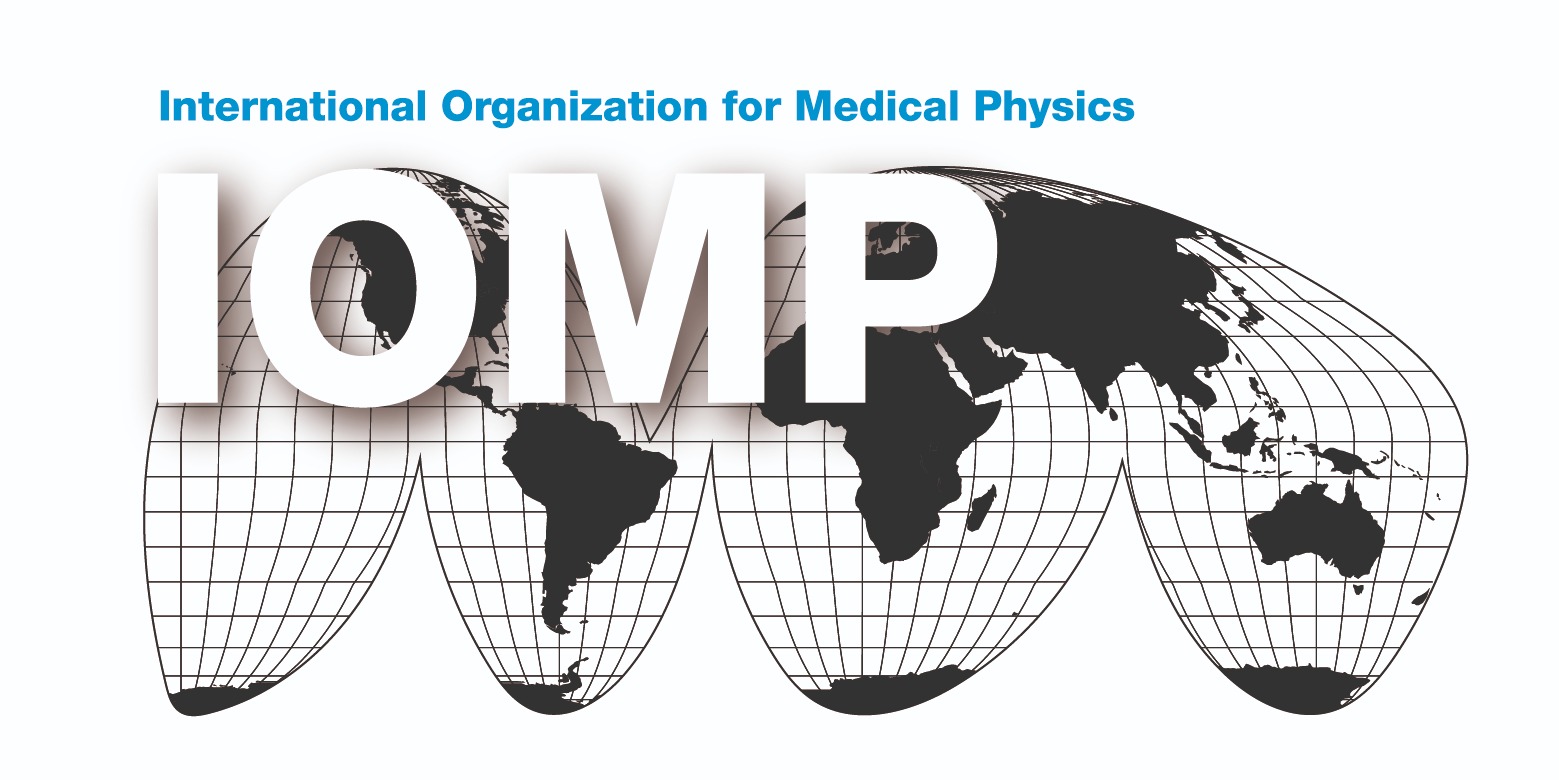Surface Imaging as a tool for Radiation Therapy
David P. Gierga, PhD ![]() and Drosoula Giantsoudi, PhD
and Drosoula Giantsoudi, PhD ![]()
Massachusetts General Hospital, Boston
Video-based surface imaging for initial setup and continuous monitoring of the patient’s external anatomy can reduce imaging radiation dose
Image guidance continues to play an integral role in radiation therapy. Although radiographic methods (planar MV, planar kV, or 3D CBCT) are most commonly utilized in radiotherapy, applications of video-based surface imaging are increasing. Although, by definition, surface imaging cannot visualize internal anatomy, it does allow for three-dimensional image registration for initial setup and continuous monitoring of the patient’s external anatomy without additional radiation dose1. Surface imaging has been shown to reduce the number of x-rays for patient setup and therefore has the potential to reduce patient imaging dose2. One of the most common applications of surface imaging is motion monitoring and management, especially for deep-inspiration breath hold treatments for breast cancer patients3,4. Increasingly, there is a focus on reducing cardiac dose, and a simple deep inspiration breath-hold (DIBH) technique can increase the separation between the target breast tissue and the heart. Surface imaging can be utilized to both increase the precision of the patient’s initial position, and to verify that the breath hold position is reproducible throughout the patient’s treatment. Initial clinical data from Zagar et al.5 suggest that a surface imaging-based DIBH treatment approach is effective in avoiding early radiation induced cardiac perfusion defects. The use of surface imaging in other motion-monitoring applications is increasingly explored, showing strong correlation with internal tumor motion6,7 and, as hypo-fractionated treatments become more common, surface imaging may play an increasing role in monitoring the patient during stereotactic treatment delivery8.9. A recent case report, furthermore, highlighted the use of surface imaging to avoid anesthesia for a pediatric undergoing palliative radiation therapy10. More recently, surface imaging has been proposed to eliminate permanent patient tattoos, which could be burdensome for some patients, and could even lead to a reduction in setup errors11,12. In summary, three-dimensional surface imaging has emerged as an important complementary tool for image-guided radiotherapy and will likely be increasingly utilized as a tool for patient positioning and monitoring during treatment.
References:
- Hosiak J, Pawlicki T. The role of optical surface imaging systems in radiation therapy. Seminars in Radiation Oncology. 28(3), 2018. https://doi.org/10.1016/j.semradonc.2018.02.003
- Batin E, Depauw N, Jimenez RB, MacDonald S, Lu HM. Reducing x-ray imaging for proton postmastectomy chest wall patients. Pract Rad Onc 8(5), 2018. https://doi.org/10.1016/j.prro.2018.03.002
- Gierga DP, Turcotte JC, Sharp GC, Sedlacek DE, Cotter CR, Taghian AG. A voluntary breath hold technique for left breast with unfavorable cardiac anatomy using surface imaging. Int J Radiat Oncol Biol Phys 84(5), 2012 http://dx.doi.org/10.1016/j.ijrobp.2012.07.2379
- Tang X, Zagar TM, Bair E, Jones EL, Fried D, Zhang L, Tracton G, Xu Z, Leach T, Chang S, Marks LB. Clinical experience with 3-dimensional surface matching-based deep inspiration breath hold for left-sided breast cancer radiation therapy. Pract Rad Onc 4(3), 2014. http://dx.doi.org/10.1016/j.prro.2013.05.004
- Zagar TM, Kaidar-Person O, Tang X, Jones EE, Matney J, Das SK, Green RL, Sheikh A, Khandani AH, McCartney WH, Oldan JD, Wong TZ, Marks LB. Utility of Deep Inspiration Breath Hold for Left-Sided Breast Radiation Therapy in Preventing Early Cardiac Perfusion Defects: A Prospective Study. Int J Radiat Oncol Biol Phys 97(5), 2017. http://dx.doi.org/10.1016/j.ijrobp.2016.12.017
- Glide-Hurst CK, Ionascu D, Berbeco R, Yan D. Coupling surface cameras with on-board fluoroscopy: a feasibility study. Medical Physics, 38(6), 2011. http://doi.org/10.1118/1.3581057
- FassiA, Schaerer J., Fernandes M, Riboldi M, Sarrut D, Baron, G. Tumor tracking method based on a deformable 4D CT breathing motion model driven by an external surface surrogate. Int J Radiat Oncol Biol Physics, 88(1), 2014. http://doi.org/10.1016/j.ijrobp.2013.09.026
- Pan H, Cervino LI, Pawlicki T, Jiang SB, Alksne J, Detorie N, Russell M, Carter BS, Murphy KT, Mundt AJ, Chen C, Lawson JD. Frameless, Real-Time, Surface Imaging-Guided Radiosurgery: Clinical Outcomes for Brain Metastases. Neurosurgery 71(4), 2012. https://doi.org/10.1227/NEU.0b013e3182647ad5
- Covington EL, Fiveash JB, Wu X, Brezovich I, Willey CD, Riley K, Popple RA. Optical surface guidance for submillimeter monitoring of patient position during frameless stereotactic radiotherapy. J Appl Clin Med Phys 20(6), 2019. https://doi.org/10.1002/acm2.12611
- Rwigema JC, Lamiman K, Reznik RS, et al. Palliative radiation therapy for superior vena cava syndrome in metastatic Wilms tumor using 10XFFF and 3D surface imaging to avoid anesthesia in a pediatric patient—a teaching case. Adv Radiat Oncol 2(1) 2017. https://doi.org/10.1016/j.adro.2016.12.007
- Sueyoshi M, Olch AJ, Liu KX, Chlebik A, Clark D, Wong KK. Eliminating Daily Shifts, Tattoos, and Skin Marks: Streamlining Isocenter Localization With Treatment Plan Embedded Couch Values for External Beam Radiation Therapy. Practical Rad Onc. 9(1), 2019. https://doi.org/10.1016/j.prro.2018.08.011
- Jimenez RB, Batin E, Giantsoudi D, Hazeltine W, Bertolino K, Ho AY, MacDonald SM, Taghian AG, Gierga DP. Tattoo free setup for partial breast irradiation: A feasibility study. J Appl Clin Med Phys, 20(4), 2019. https://doi.org/10.1002/acm2.12557

